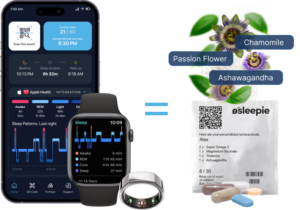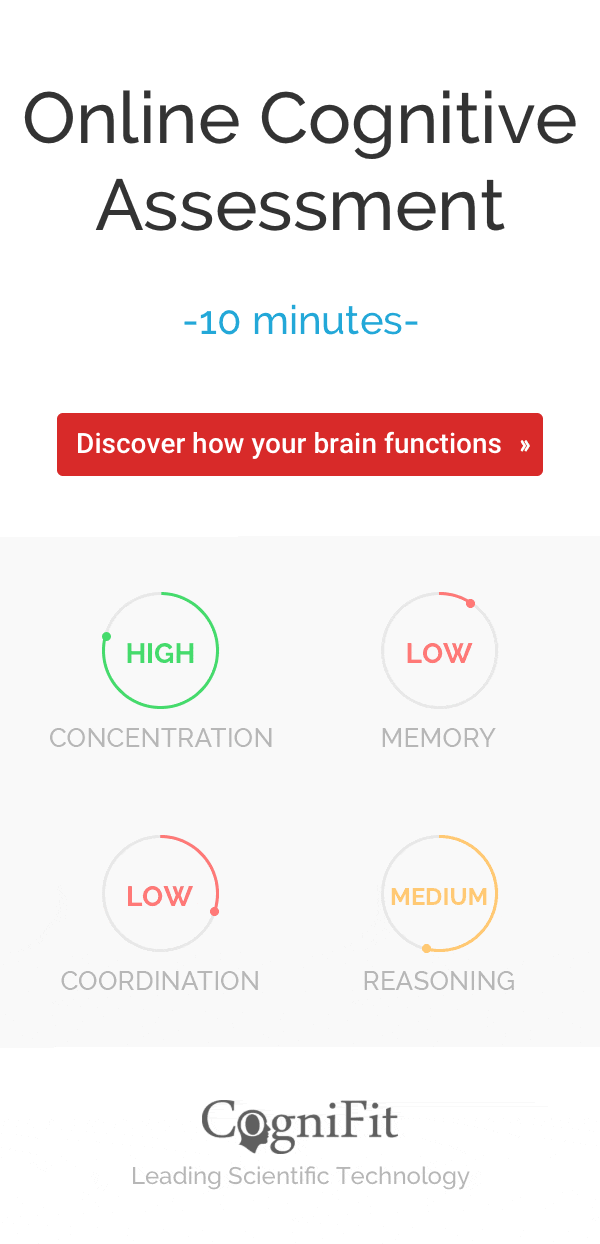
How Well Do You Know Your Brain: What Is It?
The brain is the most complex organ in the human body. It controls everything, from the way we walk to the way we speak. Its has captivated scientists for centuries, yet we know a lot less about the brain than we do about the heart, liver, or kidneys. Research on the brain has surged greatly in recent years, allowing us to understand more about being human. Though, many people don’t know the basics about how the brain works. How well do you know your brain?

What is the brain made of?
Each organ in our body is made of specialized cells that work together to make that organ work the way it does. In the brain, these cells are called nerve cells, or neurons.
Each neuron contains a bulb-like structure called the cell body. Protrusions off of the cell body are called dendrites, and these are the receivers of information from other neurons. The information from other cells travels down a long fiber called the axon, which is covered with fatty material called myelin that helps the electrical impulses travel faster. The axon ends by branching out into many nerve fibers (collectively called the axon terminal), which connect to other neurons to pass on information. But don’t be fooled- neurons don’t actually touch each other. Instead, they’re separated by a gap called the synapse.
Information traveling through a neuron can be both electrical and chemical. Electrical impulses called action potentials travel down to the axon terminal and trigger these tiny packages called vesicles to open. These vesicles contain neurotransmitters that are released into the synapse to communicate with the next cell.
These neurotransmitters are key to everything about us. It coordinates so many things, from our happiness to the way we sleep. You may have heard of some them and their effects. For example, dopamine is known as the “pleasure neurotransmitter” because when released, it makes us feel pleasure and happiness. Many drugs actually cause the release of dopamine, which explains how people can get addicted to drugs, since we repeat behaviors that we find pleasure in. Another example is adrenaline, or the “fight or flight neurotransmitter.” In stressful situations, adrenaline increases heart rate and blood flow to allow you to physically deal with your stressor.
There you have it- the inner workings of the brain. But fear not! We’re far from over, there’s so much more to learn.
So, why is it important to know your brain?
As you can see, the brain is as complex as defining the word “the”. Scientists have been pouring themselves over understanding the brain, only to make discoveries that just barely scratch the surface. Understanding how the brain works helps us understand the things that make us human. Why do we feel a certain way when we’re in love? Why do some people have a harder time with depression than others? What causes happiness, pleasure, stress, and anxiety (understand your brain and stress)? Advancements in neuroscience bring us closer to these answers everyday.
Aren’t there different parts of the brain?
Yes! The idea that different areas of the brain have specific functions was gained in the late nineteenth century. Scientists were actually able to figure out what these functions were when they studied patients who had deficits. By the time that the twentieth century came around, they had detailed maps and functional descriptions of the brain’s areas.
It would take forever to go through all the areas of the brain and its functions, so let’s talk about the basics. Your brain is divided into 4 lobes that controls things like your thinking, movement, and your senses. Other structures below the cerebrum are responsible for life functions, such as breathing, heart rate, motor coordination and balance.
The Frontal Lobe
The frontal lobe is the frontmost part of your brain- hence the name! The frontal lobe actually has many functions, and damage to this area is known to cause some pretty diverse effects. The most famous story about damage to this area belongs to Phineas Gage, who’s damage to this lobe caused his personality to change. Besides personality, some of its functions include emotional control, concentration, planning, and problem solving. Towards the back of the lobe is the motor cortex, which controls the movement of everything in your body.
The Parietal Lobe
Located at the top of the head behind the frontal lobe, the parietal lobe deals with mainly sensory information. The somatosensory cortex, located towards the front of the lobe, is responsible for the perception of touch, pressure, and taste. The body’s sensory areas are actually organized along the cortex in a map called a homunculus, where different areas have different representations. For example, you have more sensation on your lips than your elbow because your lips have more representation in the cortex. The other parts of the lobe take in all the sensory information and integrate it to help us understand the world around us.
The Temporal Lobe
Located on the sides of the brain (behind the temples), this lobe is responsible for recognizing faces, monitoring emotions, and long-term memory. It’s biggest job is to make sense of all the auditory information that comes our way. More specifically, its important for the comprehension of meaningful speech. In fact, when damage to this area occurs, a person would have trouble understanding what is being said to them, or being able to speak properly.
The Occipital Lobe
Has your mother ever told you she had “eyes” in the back of her head? Well, she wasn’t completely lying. Located in the back, the occipital lobe integrates all the visual information coming in from the eyes. From the visual cortex, the information goes to different association areas that processes it. For example, when reading this article, the visual information is being sent to areas specialized for reading comprehension. Damage to this area can cause visual impairments, where you can’t process the visual information coming in from your eyes.
The Cerebellum
The cerebellum (Latin for “little brain”) is located on the brainstem where the spinal cord meets the brain. It takes in all the sensory information from other parts of the brain and uses it to coordinate our balance and movements. It also helps with motor learning, where its responsible for fine-tuning motor movements to make them smoother and more accurate. For example, if you were to learn how to hit a baseball, the cerebellum would act to find the best way to make your movements as smooth and coordinated as possible.












